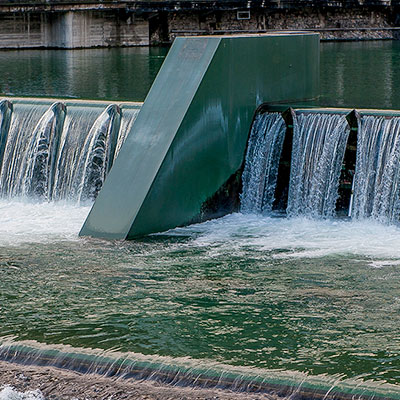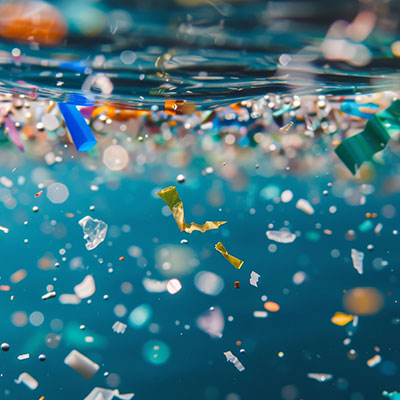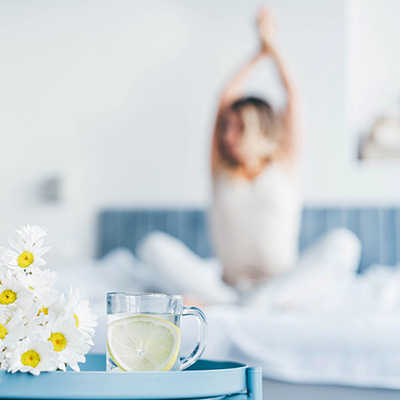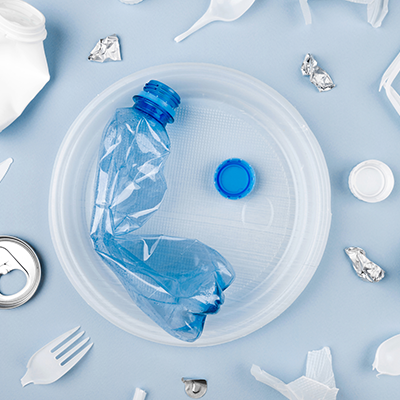
Tips to Save Money and Help the Environment
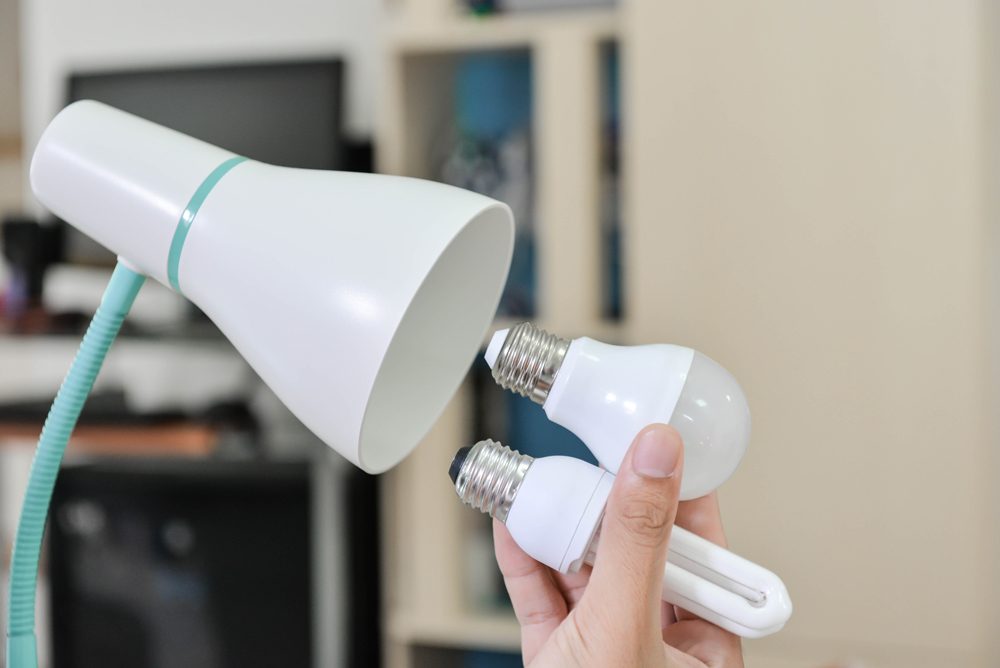
Standard incandescent bulbs emit a lot of heat and use up electricity. Try switching to light emitting diode (LED) and compact fluorescent lamp (CFL) bulbs. Not only do they last longer, they use up to 75% less energy than standard bulbs. LED lights are available in a variety of color temperatures and are dimmable.
It is good practice to make sure all lights are turned off when you aren’t at home. You can also unplug your TV, lights, phone chargers, and other electronic items when not in use to save electricity.
By installing a low-flow shower head, a family of four can save up to 160,000 gallons a year in water usage. You can reduce the time you spend in the shower as well. Low-flow shower heads are inexpensive and easy to install. They cut down on the amount of hot water needed, which saves more energy.
Low-flow toilets are also available, and cut down on water usage. Older, less efficient toilets can waste up to 6 gallons per flush. A low-flow toilet only uses 1-2 gallons per flush. If a new toilet is not a consideration for your home right now, make sure your toilet does not have any leaks so it isn’t wasting water.
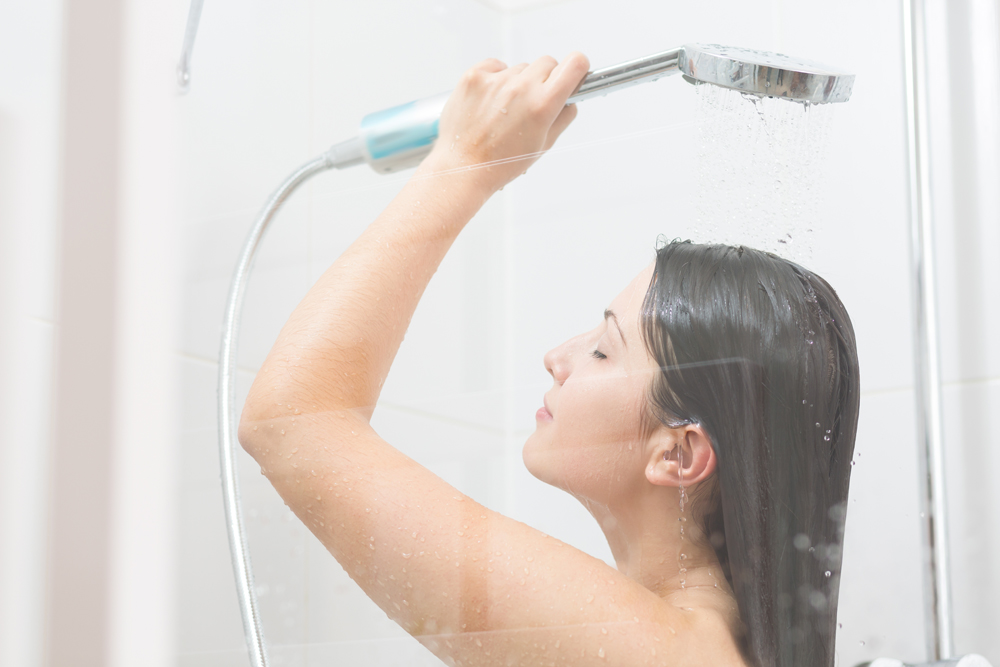
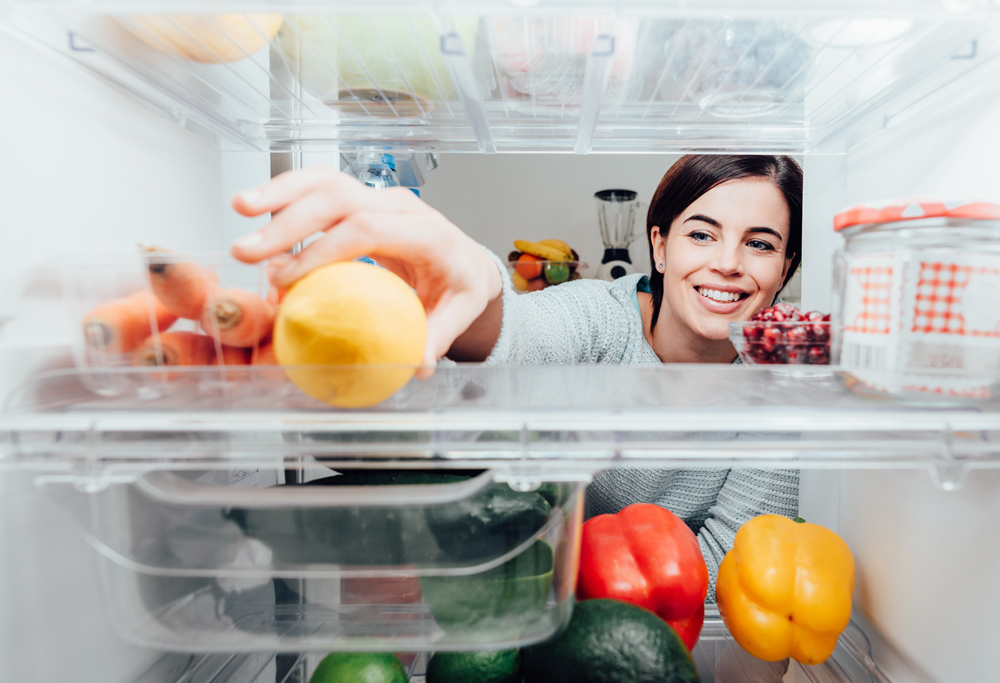
Your refrigerator is a great place to start saving energy. There are ways to cut down on the amount of energy and electricity that the refrigerator uses.
1. Decide what you want before opening the refrigerator door. Keeping your refrigerator door open can cost money and use up electricity.
2. Lower your refrigerator settings to 1 -2 setting, or just enough to keep cold foods cold and frozen foods from thawing.
Using the dishwasher less will save money and electricity. Make sure when you are washing by hand to fill up the sink to let dishes pre-soak. When you do need to use the dishwasher, a LifeSource water system reduces the amount of detergent you will need by half so dishes come out clean, without all of the chemical residue and carbon imprint.
When you are not home, keep your air conditioner and heater turned off. When you are home, keep the thermostat set at 78 degrees Fahrenheit in the summer, and 68 degrees in the winter. This will be a savings up to 15% on your annual bill. You can also use fans instead of the air conditioner in the summer months to save even more energy.
Another energy saving tip is to open all shades and window in your home at night to let the house cool down. Then in the day time, close all shades and drapery to keep the heat out and keep the cool air in.
In the winter months, wear a sweatshirt or light jacket around the house to stay warm.
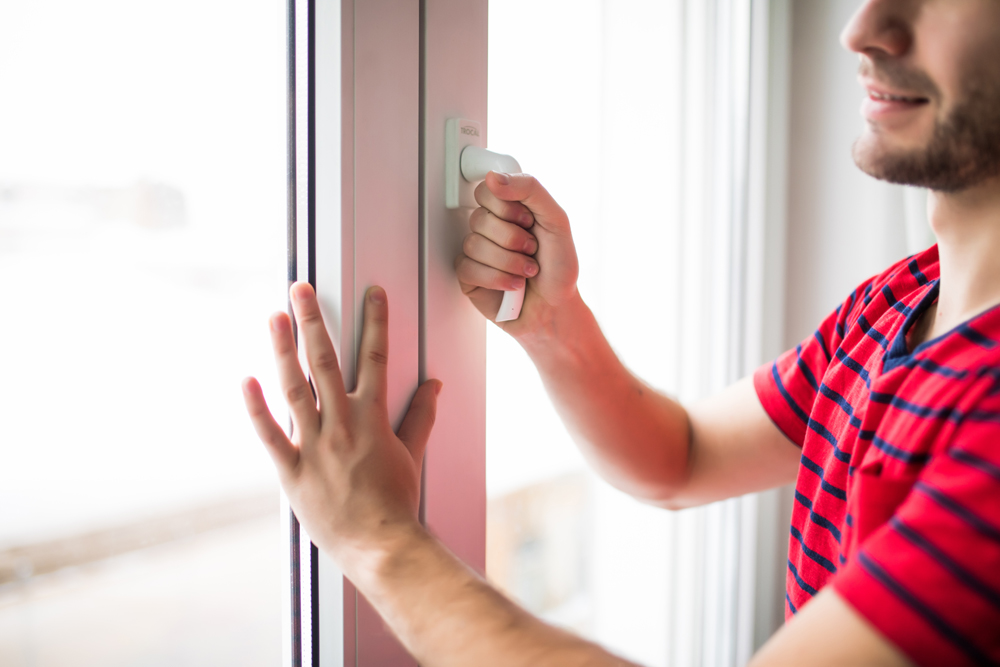
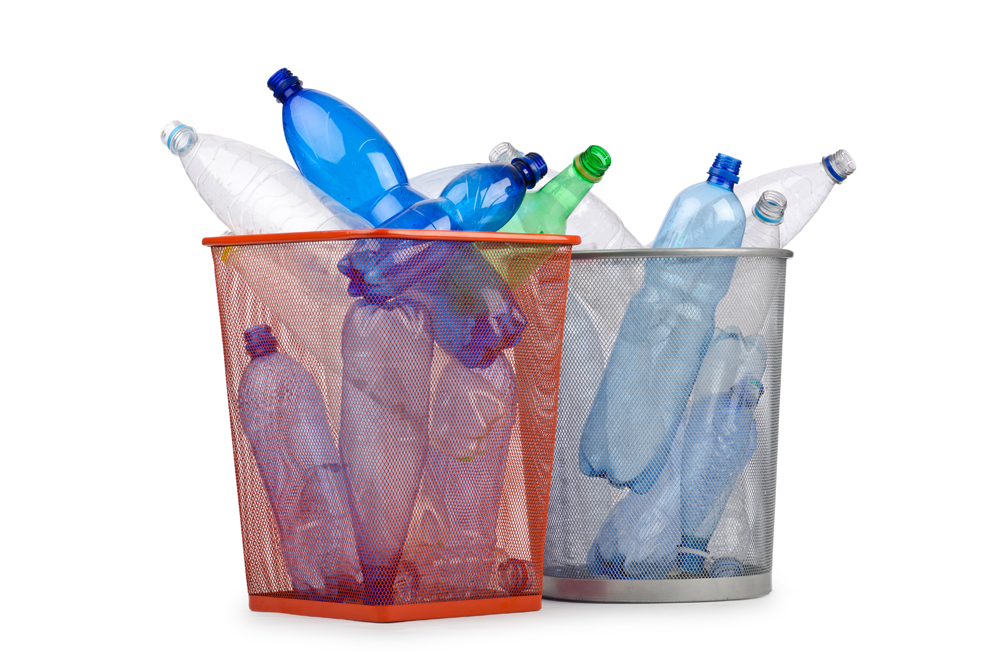
Plastic water bottles are disposable and convenient, but they are terrible to our ecosystem. The energy we waste using bottled water would be enough to power 190,000 homes, according to banthebottle.net.
A reusable water bottle is a great way to help the environment and your wallet. It costs way less to pay once for a reliable, refillable bottle instead of constantly paying for a case of disposable plastic bottles. Banthebottle.net says that the recommended eight glasses of water a day costs us about $1,400 a year in bottled water, while at US tap rates, it’s only $.49. To make sure your water tastes great, and is free from harmful toxins, you can invest in a LifeSource whole house water filtration system. Every faucet will flow with clean, drinkable water.
Americans used about 50 billion plastic water bottles last year. However, the U.S.’s recycling rate for plastic is only 23 percent, which means 38 billion water bottles – more than $1 billion worth of plastic – are wasted each year.


